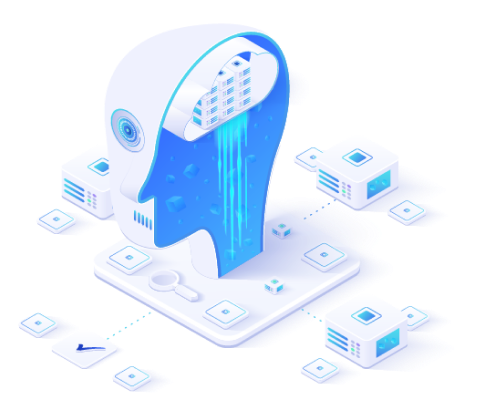

to centralize data models and synchronization mappings
of the interconnections to be made for the implementation of the new ToolStack
of an organization to define the future data architecture
Expensya supports companies in automating their expense report management processes, with a 0 entry, 0 paper, 100% mobile and 100% integrated approach.
Industry
Founded in
Number of employees
Website
Following the CRM strategy redesign, Markentive supported Expensya in the audit of its Technical Stack and the definition of a new data architecture.
The challenges of this project were multiple:
